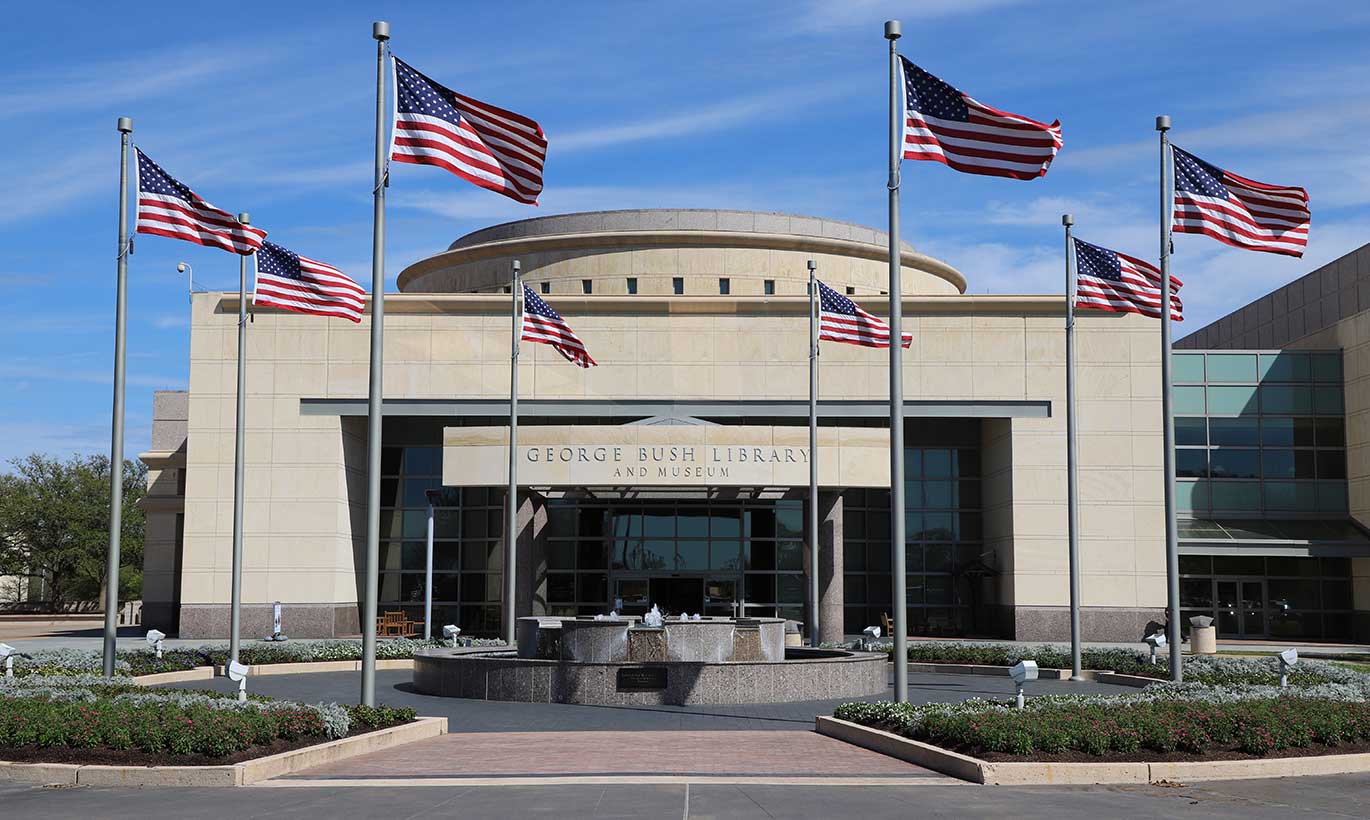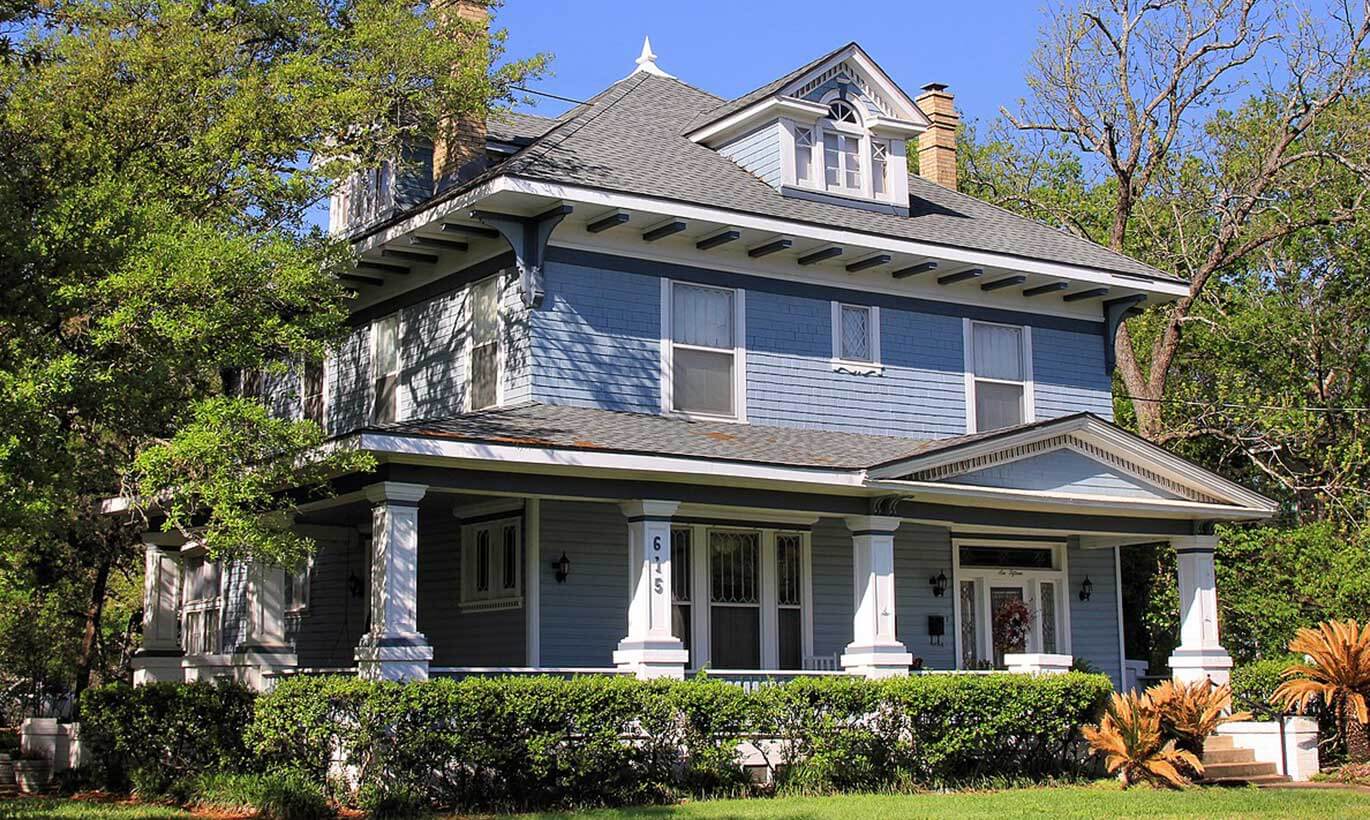Positioned at the center of the Texas Triangle, College Station–Bryan connects seamlessly to Houston, Austin, and Dallas–Fort Worth, offering major-market reach with the convenience, affordability, and livability of a smaller metro. The region’s grew by more than 6% year-over-year, a reflection of consistent economic momentum and a diversified industrial base.
The business opportunities in the Central Texas region extend throughout the Brazos Valley, where companies find below-average operating costs, a strong labor market, and one of the fastest-growing university ecosystems in the country.
Why businesses choose College Station–Bryan and the Greater Brazos region:
- Strategic location and access: Reach approximately 30 million Texans within a three-hour drive and connect to global markets via the Port of Houston and Dallas–Fort Worth International Airport.
- Skilled, education-driven workforce: Home to Texas A&M University, a global research powerhouse and talent engine producing thousands of engineers, scientists, and business leaders annually.
- Below-average costs: metro price levels below the U.S. average, translating to lower facility, utility, and service expenses.
- Research and innovation hub: The RELLIS Campus and Texas A&M’s ecosystem of institutes and labs offer unparalleled access to R&D, testing, and applied commercialization partnerships.
- Business-friendly climate: Texas’ pro-growth policies, zero personal income tax, and competitive incentives make it one of the most attractive investment environments in the nation.
- Shovel-ready industrial sites: The 1,000-acre, rail-served Texas Triangle Park (Foreign Trade Zone #84) and nearby BioCorridor provide immediate development opportunities.
- Connectivity and logistics: Central placement along State Highway 6 and rail access via Union Pacific enable fast, cost-effective shipping across Texas and beyond.
- Quality of life that attracts talent: Safe communities, short commutes, and a vibrant university-town culture help companies recruit and retain a skilled workforce.
Key Industries Driving Growth in Bryan-College Station
Life Sciences & Biomanufacturing
Anchored by FUJIFILM Diosynth Biotechnologies, the Brazos Valley BioCorridor has become a flagship hub for contract biomanufacturing. The region’s life sciences ecosystem spans translational medicine, veterinary health, and agricultural biotech, supported by Texas A&M Health, Matica Biotechnology, and the Global Health Research Complex. Ongoing investments exceeding $330 million continue to expand the corridor’s footprint, creating many new jobs and reinforcing the region’s status as a growing CDMO hub.
Semiconductors & Advanced Electronics
The Texas A&M Semiconductor Institute (TAMUSI) is shaping the future of microelectronics R&D and workforce development. As a CHIPS Act partner and host of the annual Texas Semiconductor Summit, TAMUSI draws collaboration from top companies like Arm and national research consortia.
Activity in this local sector continues to grow. ARQ Electronics Manufacturing Services provides circuit-board assembly and system integration for high-reliability applications, serving aerospace and industrial clients. Nearby, Allied Electronics & Automation (RS Group) established a U.S. innovation hub at Lake Walk, expanding access to advanced components and test systems
Local and state leaders are also advancing discussions on a proposed multibillion-dollar semiconductor manufacturing and research campus at Texas A&M–RELLIS. The project would bring together advanced materials testing, chip design, and small modular reactor (SMR) energy systems to support next-generation semiconductor fabrication and high-performance computing.
Aerospace & Defense
The Texas A&M Space Institute, in partnership with NASA’s Johnson Space Center, advances research in propulsion, materials, and in-space systems that support both commercial and national space programs. Complementing this work, the Ballistic, Aero-Optics & Materials (BAM) Range provides one of the nation’s premier testing environments for high-velocity defense technologies, attracting collaboration from industry and federal partners.
To expand collaboration and investment in these sectors, Texas A&M and the Greater Brazos Partnership have partnered with Plug and Play, a global innovation platform known for connecting established companies with emerging technologies. Through the new Innovation Triangle, Plug and Play facilitates partnerships between aerospace and defense firms, researchers, and suppliers—creating a direct pathway for technologies developed in College Station–Bryan to move into production and deployment.
Energy & Nuclear Innovation
Energy research thrives in the College Station-Bryan region. The Energy Proving Ground at the RELLIS Campus is testing advanced small modular reactors (SMRs) in collaboration with Kairos Power and Natura Resources — part of a state-supported push toward clean, scalable nuclear solutions. This initiative strengthens the region’s leadership in sustainable energy technologies and aligns with Texas’ broader reputation as the No. 1 energy-producing state in the nation.
Advanced Manufacturing & Logistics
Bryan’s Texas Triangle Park offers 1,000 shovel-ready, rail-served acres within Foreign Trade Zone #84. Home to Axis Pipe & Tube, FedEx, and new investments from CertainTeed and Brown Oak Masterbrick, the park delivers unmatched multimodal connectivity. The region also offers the Brazos Valley BioCorridor along SH-47 anchored by FUJIFILM Diosynth’s large biomanufacturing campus, as well as College Station’s 252-acre Midtown Business Park positioned for light manufacturing and distribution near SH-6.
Manufacturers benefit from available land, skilled workforce access, and the favorable Texas business environment that rewards innovation and operational efficiency.
AgriTech & Food Innovation
The forthcoming Aplin Center, a $250 million Texas A&M development, will unite hospitality management, food science, and agricultural innovation in one experiential hub. Texas A&M AgriLife Research, the state’s premier agricultural and life sciences agency, drives advancements in crop science, animal health, and sustainable food production through applied research and statewide extension programs. Together with RELLIS-based AgTech initiatives, these resources fuel product development and workforce training across agribusiness sectors.
College Station-Bryan Business Climate & Incentives
A streamlined regulatory climate and layered incentive options make it easy for companies to invest and grow here.
Local Tools and Programs
- Chapter 380 performance grants help offset capital and infrastructure costs for qualified projects.
- Tax Increment Reinvestment Zones (TIRZ), including those in the East Medical District, provide reinvestment opportunities that fund critical improvements and attract private development.
State and Federal Resources
- Texas Enterprise Fund (TEF) — the state’s “deal-closing” fund for competitive corporate investments that create high-value jobs.
- Enterprise Zone Program (EZP) — offers state sales and use tax refunds for qualifying job creation projects in targeted areas.
- Jobs, Energy, Technology & Innovation (JETI) program — supports capital-intensive projects in strategic industries such as energy, semiconductors, and advanced manufacturing.
- Texas Skills Development Fund — provides customized training grants through community colleges and workforce partners to upskill local talent.
- Opportunity Zones and Foreign Trade Zone #84 — deliver additional site and logistics advantages, especially for export-oriented industries.
Combined, these programs create one of the most competitive business climates in the nation for long-term growth.
Recent Relocations & Expansions
The College Station–Bryan area has entered a new phase of investment and expansion, with notable projects including:
- Amazon – A new 93,000-square-foot delivery station in the Texas Triangle Park area expands last-mile distribution capacity.
- Axis Pipe & Tube – A $100 million capacity expansion adds production capabilities at its Texas Triangle Park facility.
- CertainTeed (Saint-Gobain) – The company’s $148 million roofing products manufacturing and distribution complex anchors a growing cluster of building-materials manufacturing.
- FUJIFILM Diosynth Biotechnologies – The company’s $330 million expansion in the Brazos Valley BioCorridor adds new manufacturing lines and advanced process capabilities.
- Brown Oak Masterbrick – A 397,000-square-foot brick manufacturing plant on 109 acres in north Bryan.
- Comcast Business – A metro-wide fiber infrastructure upgrade improves digital connectivity for both residents and employers, advancing the region’s competitiveness in data-driven industries.
Together, these projects highlight the region’s diverse investment mix and the scalability of its infrastructure.
Workforce & Talent Pipeline
As home to Texas A&M University, the region draws from one of the nation’s most skilled and innovation-driven labor pools. Texas A&M’s engineering college is among the largest in the U.S., while the RELLIS Academic Alliance integrates university programs, Blinn College, and TEEX to deliver hands-on credentials — from CDL and welding to semiconductor processing.
With Texas boasting a 15.5-million-strong civilian workforce, companies here gain access to top-tier engineers, life scientists, and technical professionals ready to meet evolving industry needs.
University–Business Partnerships
Few regions can match the integration between academia and industry found in College Station–Bryan. From TAMUSI’s collaboration with Arm on semiconductor R&D to FUJIFILM Diosynth’s biomanufacturing partnership with Texas A&M Health Science Center, businesses have direct access to global-caliber research resources.
At RELLIS, companies engage with cross-sector testbeds in energy, defense, and data infrastructure, while at Lake Walk, regular tech and networking events bring startups and investors together. These collaborations fuel applied innovation and strengthen commercialization pipelines statewide.
Quality of Life in Bryan-College Station
College Station–Bryan blends the vibrancy of a major university town with the ease and affordability of a smaller metro. The region’s cost of living remains of roughly 18 minutes, residents enjoy an easy drive to work, school, or recreation without the congestion of larger metros.
Residents enjoy a connected, active lifestyle. Lick Creek Park’s 500+ acres of trails and natural habitat offer weekend recreation right in town, while Lake Walk hosts open-air markets, concerts, and community events that give the area a lively, close-knit feel. The area’s calendar is filled with festivals, live music, and university performances that make culture and entertainment part of everyday life.
Healthcare access is strong, anchored by Baylor Scott & White Medical Center and St. Joseph Health Regional Hospital.
College Station–Bryan offers the advantages of a major university center with the familiarity of a close-knit Texas community. Here, the welcoming way of life gives employers and families a shared reason to stay and invest.
Learn more about the business benefits in Texas and why this region is one of the most appealing places in the nation to live and work.








